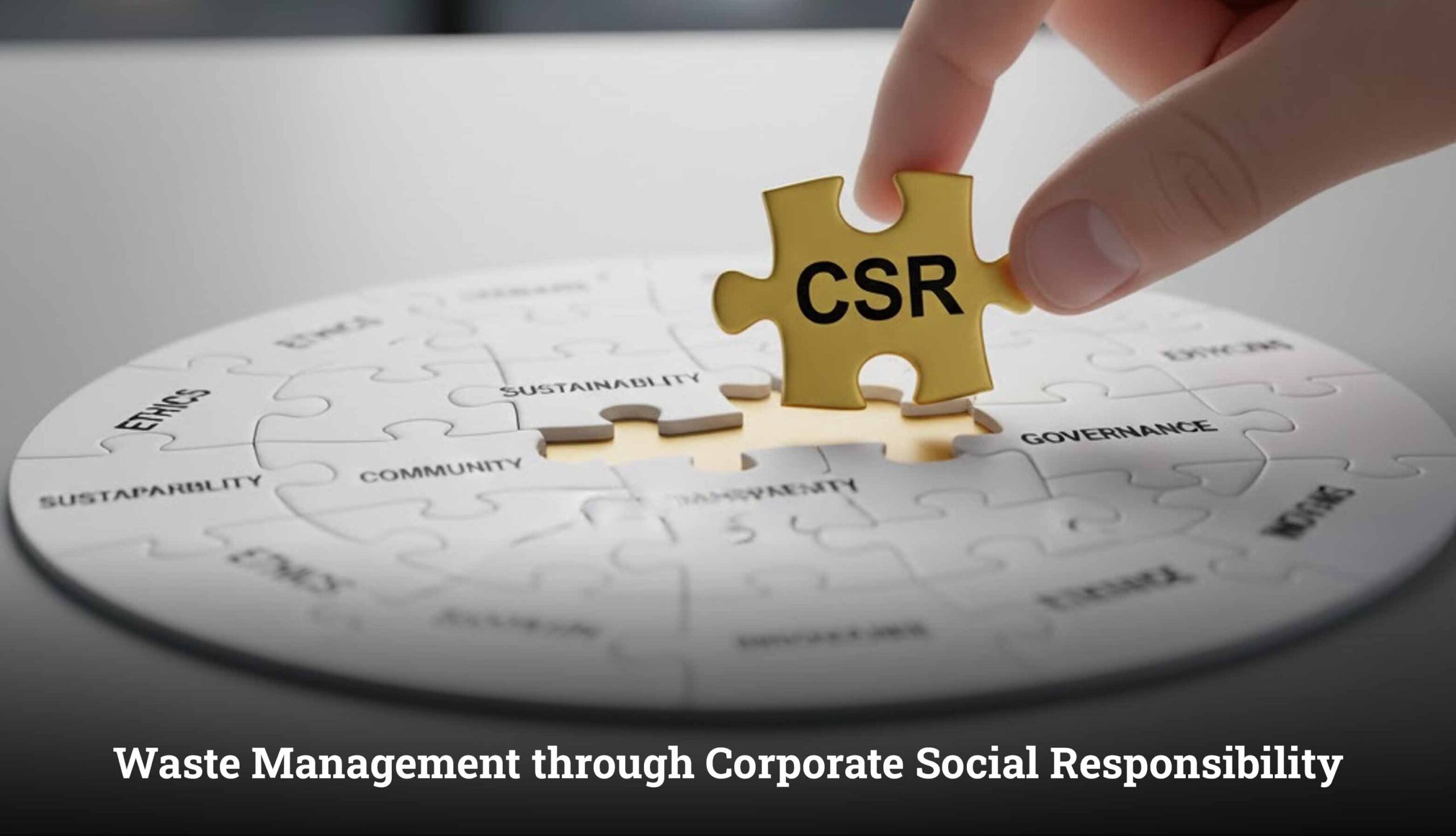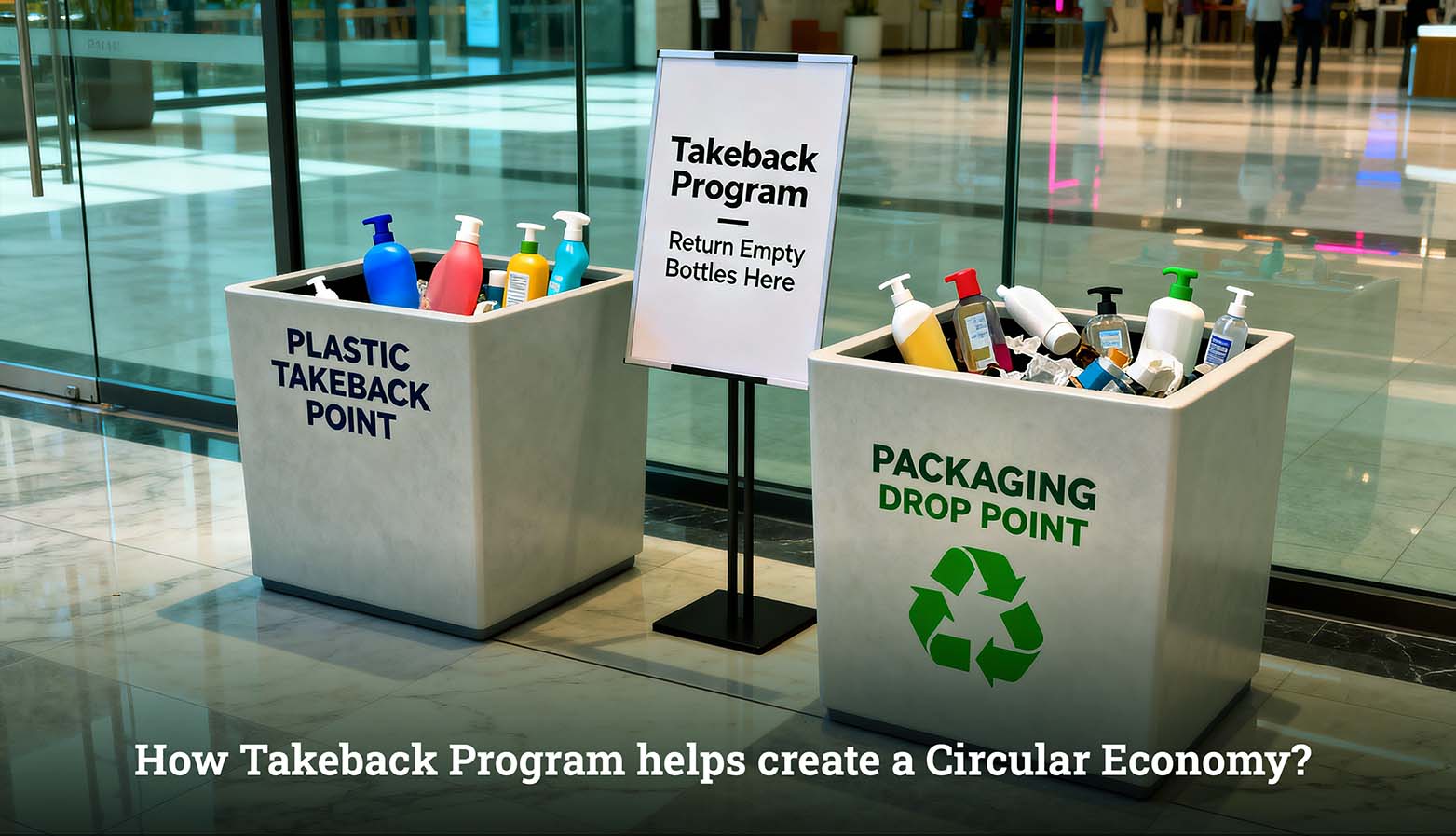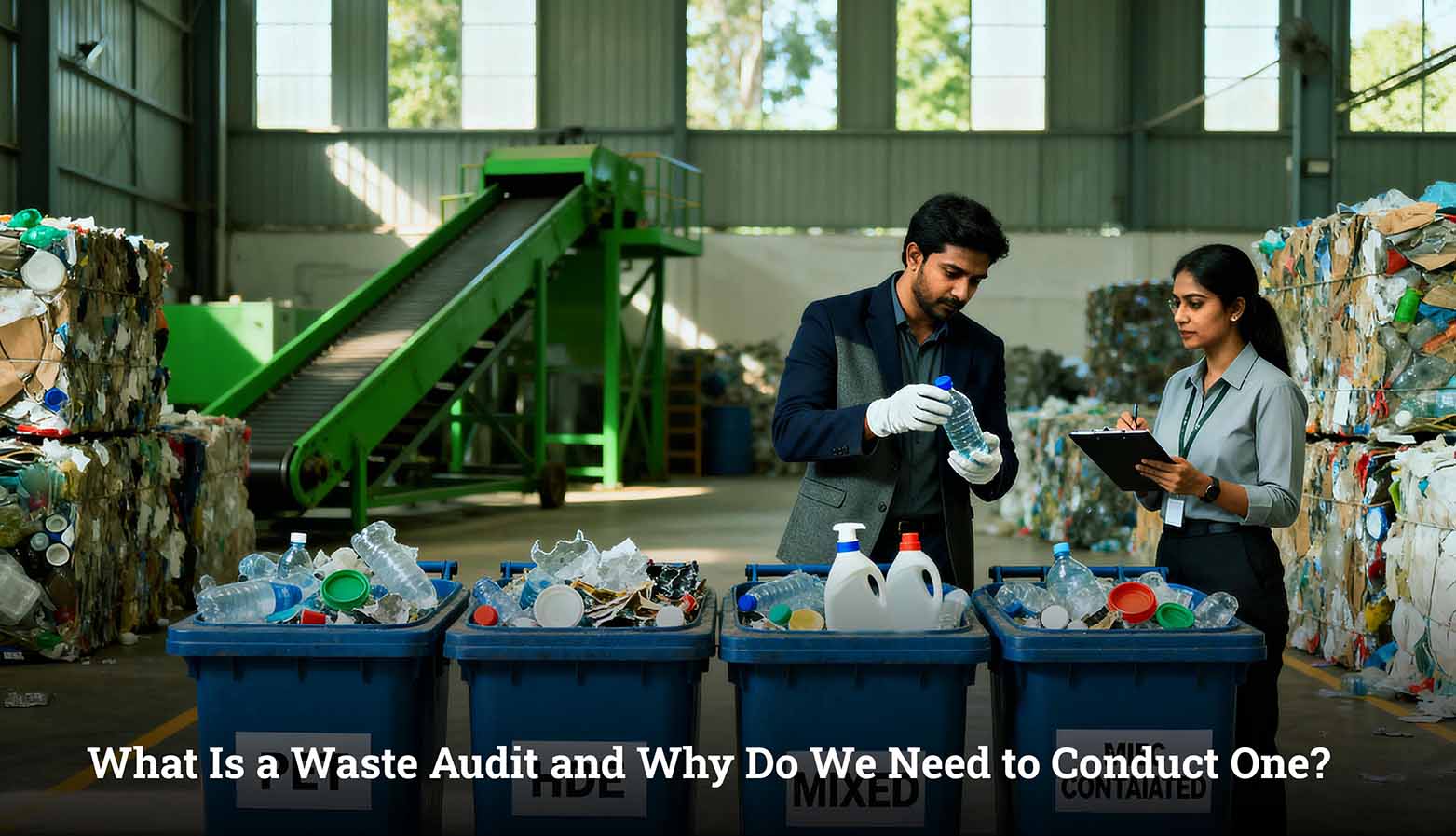One of the most urgent environmental issues that the world is struggling at the moment: the continuous influx of plastic pollution in the ocean. Millions of metric tons of plastic are flowing into our water systems each year and an astronomical amount of these types of plastics is leaking into our aquatic ecosystems threatening the existence of marine life, aquatic ecosystems and ultimately, human health. It is a widespread issue that is referred to as plastic pollution in ocean and its main originator is the improper waste management on land which is then carried into rivers and storm drains which then become channels to a large ocean. The pictures of sea turtles caught in discarded fishing nets or huge patches of garbage floating in the gyres, though heart-wrenching, do not imply that people can merely clean up the ocean, but they need to thstop e pollution on land. Robust and industrial-scale recycling and the circular economy play a critical and preventive role in reducing plastic pollution in ocean. We end up converting garbage into quality resources and this way we prevent it being litter to the environment. In the case of companies such as Banyan Nation, the mission is to establish a closed-loop system, where the value of plastic is realized, and such a durable substance is collected, recycled, and reintroduced into the supply chain, so the potential of plastic pollution in ocean is removed. The most potent measure that we can take to protect the largest ecosystem on the planet against the disastrous effects of plastic waste is by addressing the root causes of the issue and managing the material properly.
Introduction
The amount of plastic waste in the ocean is astounding. It is estimated that about 11-12.7million metric tons of plastic materials find their way into the sea each year. It is like the dumping of plastic waste in the ocean each minute with the urgency of changes to all systems and geographies in place. This problem is not only coastal but inland cities also emit plastic materials thousands of miles long, going through rivers and waterways. The first step toward proper mitigation and the advancement of a real circular economy is understanding all the stages of the plastic life cycle: production up to possible leakage.
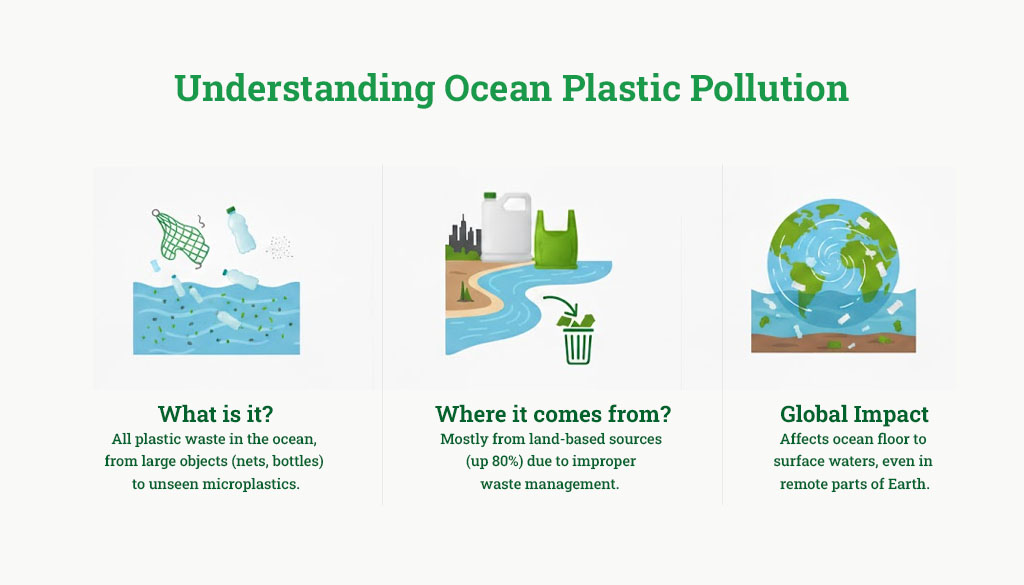
Understanding Ocean Plastic Pollution
Ocean plastic pollution is defined as all plastic waste in the ocean irrespective of size. It encompasses such large objects as discarded fishing nets and bottles, but also the unseen components in the form of microplastics. Most of this pollution (as much as 80 percent) comes on land, which underscores the fact that the issue is based on a lack of proper waste management facilities and disposal patterns. The effects of such debris are widespread, and it is said to influence the ocean floor, through to the surface waters in even the most distant parts of the Earth.
How Does Plastic Waste Enter the Ocean?
Plastic waste in the ocean starts as a waste on the land. Ocean plastic pollution into the marine environment can be condensed to several major routes:
1. Riverine Transport
Rivers serve as a main highway where in the cities and towns, the mismanaged wastes are collected and transported straight to the sea along their banks. An example is the Ganges, which is among the largest contributors of Ocean plastic pollution in rivers worldwide.
2. Uncontrolled Landfills and Dumping Sites
In regions where waste management is poor, landfills are usually open and lightweight plastic can easily be swept away with winds or washed away by rain and ultimately join drain systems leading to the ocean.
3. Stormwater Runoff
When it rains, litter on the street and storm drains is swept into the ocean and does not undergo conventional wastewater treatment.
4. Direct Littering
Litter discarded on beaches, coasts, or debris discarded by marine industries (e.g. fishing equipment) are in the water.
Major Sources of Ocean Plastic Pollution
The origins of plastic pollution of the ocean are numerous and can be divided into two general groups:
Land-Based Sources (70-80%)
It comprises packaging; microplastics in the ocean (which represents the biggest market source of plastic), single-use products (bottles, bags, food wrappings), and microfibers discarded off synthetic clothes during laundry. The crux of the matter is the factors surrounding the pollution of the ocean by plastics, a worldwide addiction to single-use plastics and a serious shortage of proper waste collection and recycling systems in most locations.
Marine-Based Sources (20-30%)
This includes mainly Abandoned, Lost, or otherwise Discarded Fishing Gear (ALDFG), commonly referred to as ghost nets, and other shipping and offshore oil and gas platform debris.
Causes Behind Plastic Pollution in the Ocean
Although the sources explain the origin of plastic, the causes of ocean plastic pollution reveal why the effects of plastic pollution in the ocean are on a global scale. These are systematic problems that need to be solved to really put a check on the tide of plastic pollution in the ocean:
Dependence on Single-Use Disposable Culture
Convenience-oriented modern society has heavily resorted to single-use plastic, meant to be thrown into the trash the moment it is finished, forming gigantic amounts of unneeded waste.
Management Infrastructure
Worldwide, several areas have inadequate, informal systems of collection and processing of the large quantities of plastic waste produced. In the absence of appropriate infrastructure, garbage is bound to be mishandled and spilled in the environment.
Economic Costs to Recycling
In the past, the price of manufacturing new, virgin plastic has been lower than the price of collection and recycled plastic processing. Such an imbalance eliminates the economic motivation to recycle the ocean plastic regularly and redirect the land-based waste, which directly increases the effects of plastic pollution in the ocean
Poor Quality of Recycled Material
This is due to the inability to clean, sort and process waste using technology, thus giving a low quality of recycled material that cannot be utilized by the manufacturers which lowers the demand of the products and thus the recycling rates remain low.
What are the Effects of Plastic Pollution in Oceans?
Plastic pollution and causes of ocean plastic pollution will help us understand better the devastating impacts on marine organisms and its consequences have severe effects on the health and well-being of humans.
Entanglement and Damage
The bigger plastic materials, especially ghost nets and rings, might entangle and injure thousands of sea creatures, such as whales, dolphins, seals and sea turtles, which could result in suffocation or starvation.
Ingestion and Blockage
Plastic is confused with food by the animals, and internal traumas, blockage of the digestive tract, and false sense of fullness (with subsequent death due to starvation/malnutrition) may occur.
Toxin Accumulation
Plastic has a sponge effect, which is able to absorb toxic persistent organic pollutants (POPs) in the adjacent seawater.When this plastic is consumed by marine animals, these toxins may be deposited into their system resulting in neurotoxicity, hormonal imbalance, and damages to the immune system.
Why are Microplastics in the Ocean a Growing Concern?
Microplastics, one of the growing causes of ocean plastic pollution, are any plastic pieces that are less than 5 millimeters long and these are arguably the most sinister kinds of plastic pollution in the ocean.
Pervasiveness
Over 95% of the plastic waste in the oceans of the world is microplastics and the number of these is projected to rise as bigger plastic waste is broken down into smaller fragments.
Primary vs. Secondary:
- Primary microplastics are specifically designed small particles (e.g. microbeads in cosmetics, industrial abrasives).
- The secondary microplastics are formed as a consequence of the bigger plastic particles, such as bottles and bags, breaking apart as a result of sun exposure, and wave activity. This is the largest source of microplastics in the ocean.
Entry into the Food Chain
These particles are ingested easily by the smallest marine organisms, including plankton and filter feeders, due to their size, so these particles enter the marine food web at the bottom. These contaminated organisms are consumed by bigger fish through a process called biomagnification and then caught by humans and consumed. Microplastics are detected in shellfish and edible fish, as well as in sea salt and drinking water, and pose serious questions on the public health issues of chemical exposure and chronic toxicity. That is the extent of the damage that ocean pollution does to our species.
How Recycling Helps Reduce Plastic Pollution in Oceans
Preventing the flow of plastic at its source is the most effective way to curb plastic pollution in the ocean. This is exactly what a formalised and high-quality circular economy made possible through modern recycling does. Recycling ocean plastic is a mandatory clean-up process, but recycling ocean plastic waste on land is a proactive option.
Direct Diversion
Each kilogram of plastic collected, processed, and converted into a new product is a kilogram that is not disposed of in landfills and informal dumping locations—the very locations where plastic contamination in the ocean literally begins.
Value Creation
The high-tech recycling firms, such as Banyan Nation organize efficient, formal collection streams and transform low-value waste materials into high-quality, virgin-equivalent of recycled plastic resin. This transformation will provide economic motivations to collectors and aggregators, who will retrieve plastic waste to make sure that it is a valuable product and not a readily disposable pollutant.
Infrastructure Strengthening
By demonstrating the viability of high-quality sea plastic recycling (and land-based plastic diversion), companies contribute funds and formalize the waste management infrastructure that is in dire need of strengthening in areas where most ocean plastic leakage is taking place. It is the final plan of how to mitigate ocean plastic pollution and recycle ocean plastic.
Less Virgin Production
The production of virgin plastic is lessened by recycling which results in a lesser quantity of new plastic being put in the market, and, therefore, the quantity of new plastic, which ultimately leaks into the environment is reduced.
The model of Banyan Nation is based on the establishment of a traceable, clean, and compliant recycled resin (PCR) which the large brands can rely on. This ensures that they have a market to sell their recycled material and therefore collection and processing of plastic waste becomes a viable, ongoing and environmentally critical business. Ocean plastic waste recycling is a paradigm shift that focuses on expensive cleanup initiatives that are costly and reactive but efficient, sustainable, and preventative in managing materials.
Conclusion
The issue of plastic pollution in the ocean is an enormous one but the solution is right in our hands; ocean plastic recycling. Ocean plastic recycling does not have a solution that is limited to monthly or bi-monthly beach clean-ups. It needs a drastic, structural change of viewing plastic as an asset, rather than waste. As a brand, it translates to adopting recycling solutions for ocean waste and collaborating with other innovative firms, such as Banyan Nation, which can supply the recycled input of the required quality to ensure that the loop is closed. The circle economy, when reinforced on land, becomes an enormous wall that ensures that waste does not ever find its way in our rivers and, eventually, our treasured seas. It is the most practical, scalable and effective strategy of having a cleaner, healthier ocean in the days to come and this is possible through a strong commitment to recycling.
FAQ's
How harmful is ocean pollution?
Ocean pollution is extremely harmful, causing millions of marine animal deaths through ingestion and entanglement. Ocean plastic recycling can reduce the introduction of toxic chemicals into the food chain, impacting human health through the consumption of contaminated seafood and water.
What is the biggest source of microplastics in the ocean?
The biggest sources of ocean plastic pollution in the ocean are the secondary fragmentation of larger plastic items (like bottles and packaging) that have already entered the marine environment.
How much plastic waste is currently in the ocean?
While difficult to quantify exactly, estimates suggest that between 19 to 23 million tonnes of plastic waste leak into aquatic ecosystems annually, and trillions of plastic fragments already circulate in the surface waters which mandates the need for bringing in regulations for sea plastic recycling.
How to reduce plastic pollution in the ocean?
The most impactful ways to reduce plastic pollution in the ocean are by improving waste management infrastructure, increasing global recycling rates for all plastic types, reducing the consumption of single-use plastics, and enforcing Extended Producer Responsibility (EPR) mandates.
Making recycled packaging the norm.
CITATIONS:
- UNEP (United Nations Environment Programme). Plastic Pollution. Retrieved from unep.org
- Our World in Data. Where does the plastic in our oceans come from? Retrieved from ourworldindata.org
- Monterey Bay Aquarium. Plastic pollution | The challenge. Retrieved from montereybayaquarium.org
- NOAA (National Oceanic and Atmospheric Administration). A Guide to Plastic in the Ocean. Retrieved from oceanservice.noaa.gov
- Condor Ferries. 100+ Plastic in the Ocean Statistics & Facts 2025. Retrieved from condorferries.co.uk

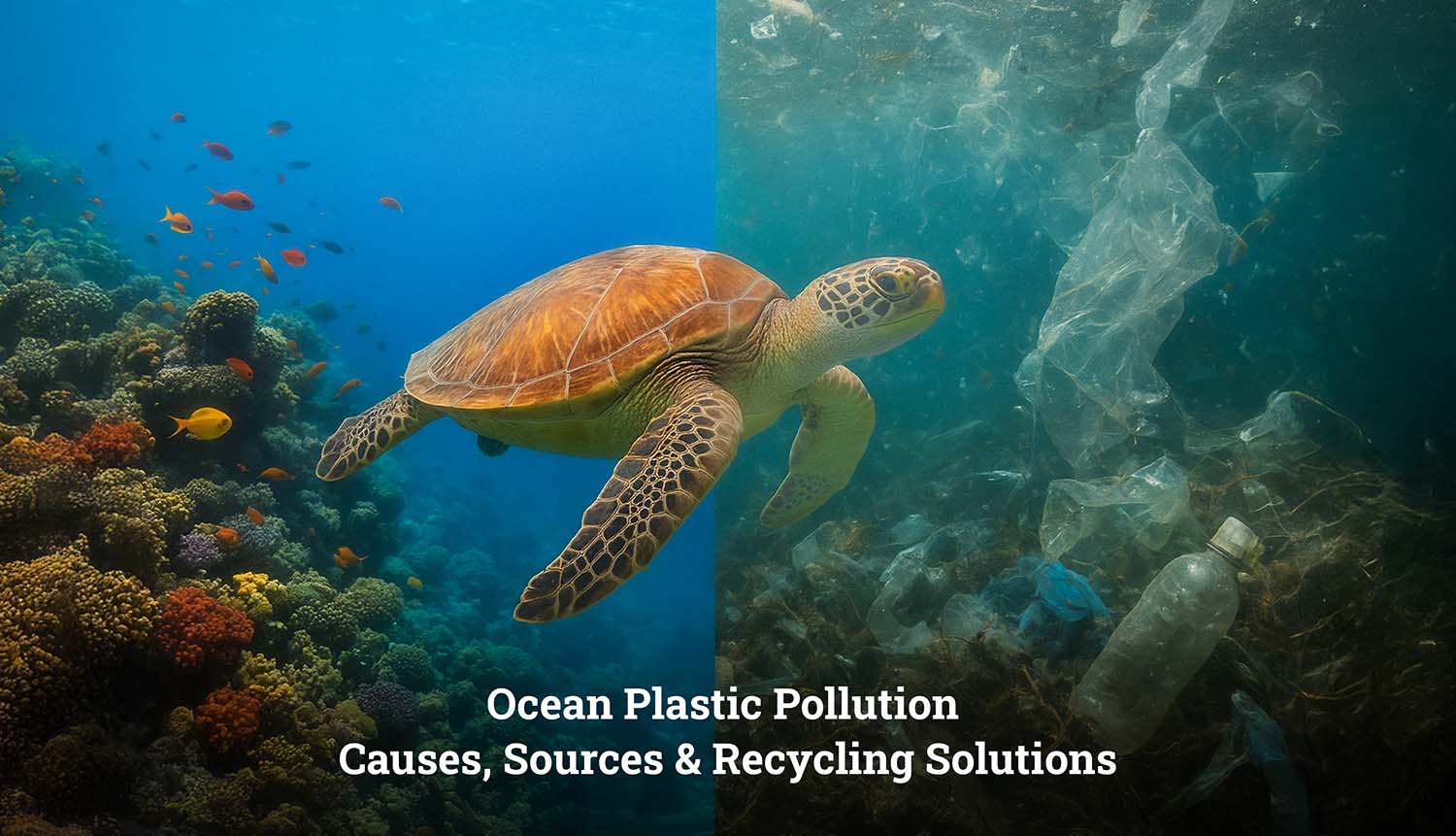
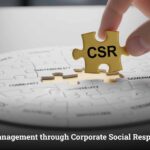 The Role of CSR (Corporate Social Responsibility) in Waste Management
The Role of CSR (Corporate Social Responsibility) in Waste Management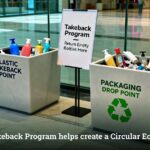 What is Takeback Program & Their Role in Building a Circular Economy
What is Takeback Program & Their Role in Building a Circular Economy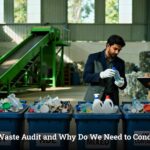 What Is a Waste Audit and Why Should Recycling Companies Conduct One?
What Is a Waste Audit and Why Should Recycling Companies Conduct One? How Greenwashing Affects Plastic Recycling?
How Greenwashing Affects Plastic Recycling?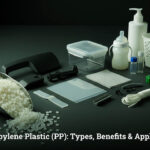 What is Polypropylene Plastic?
What is Polypropylene Plastic?